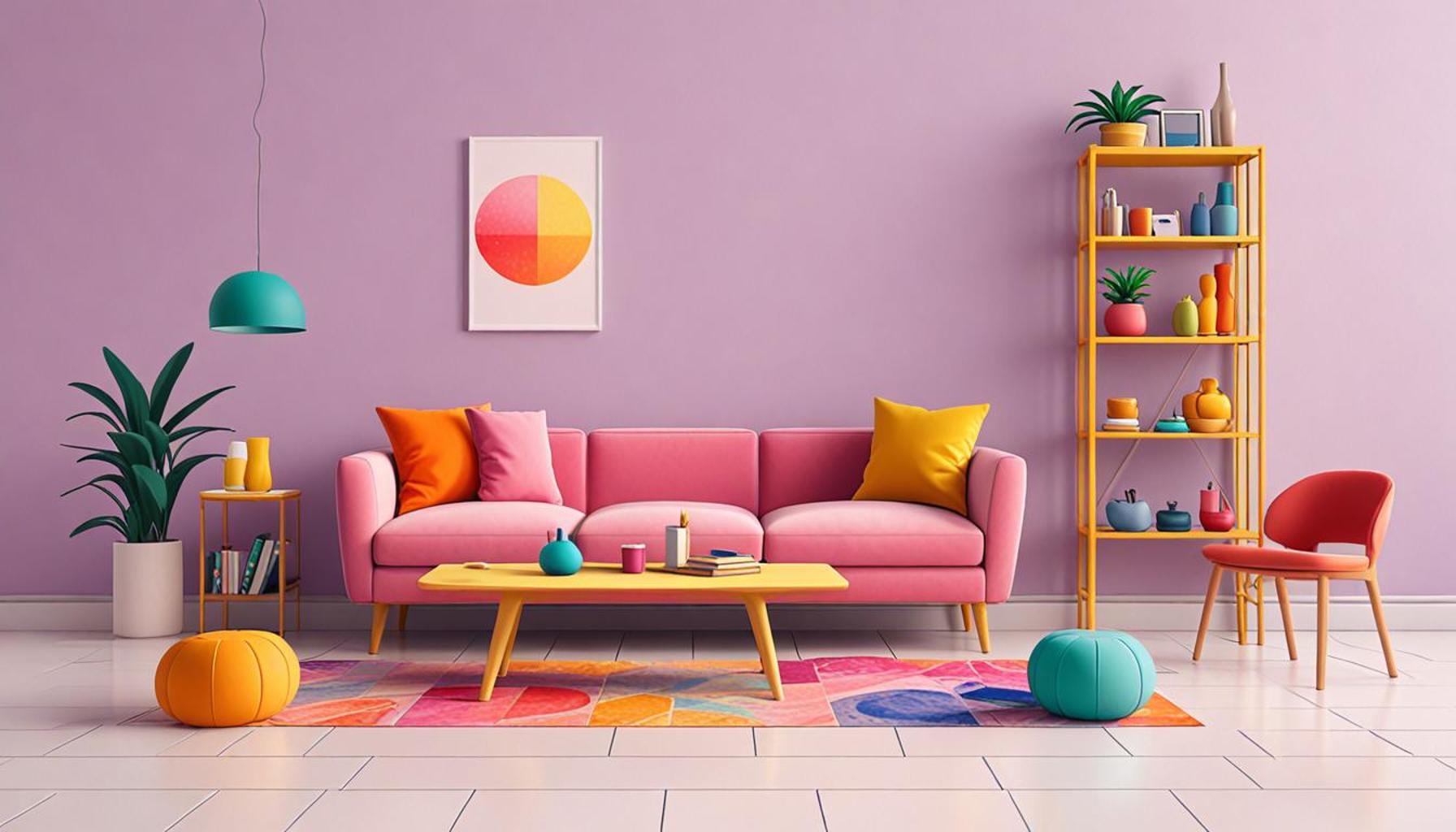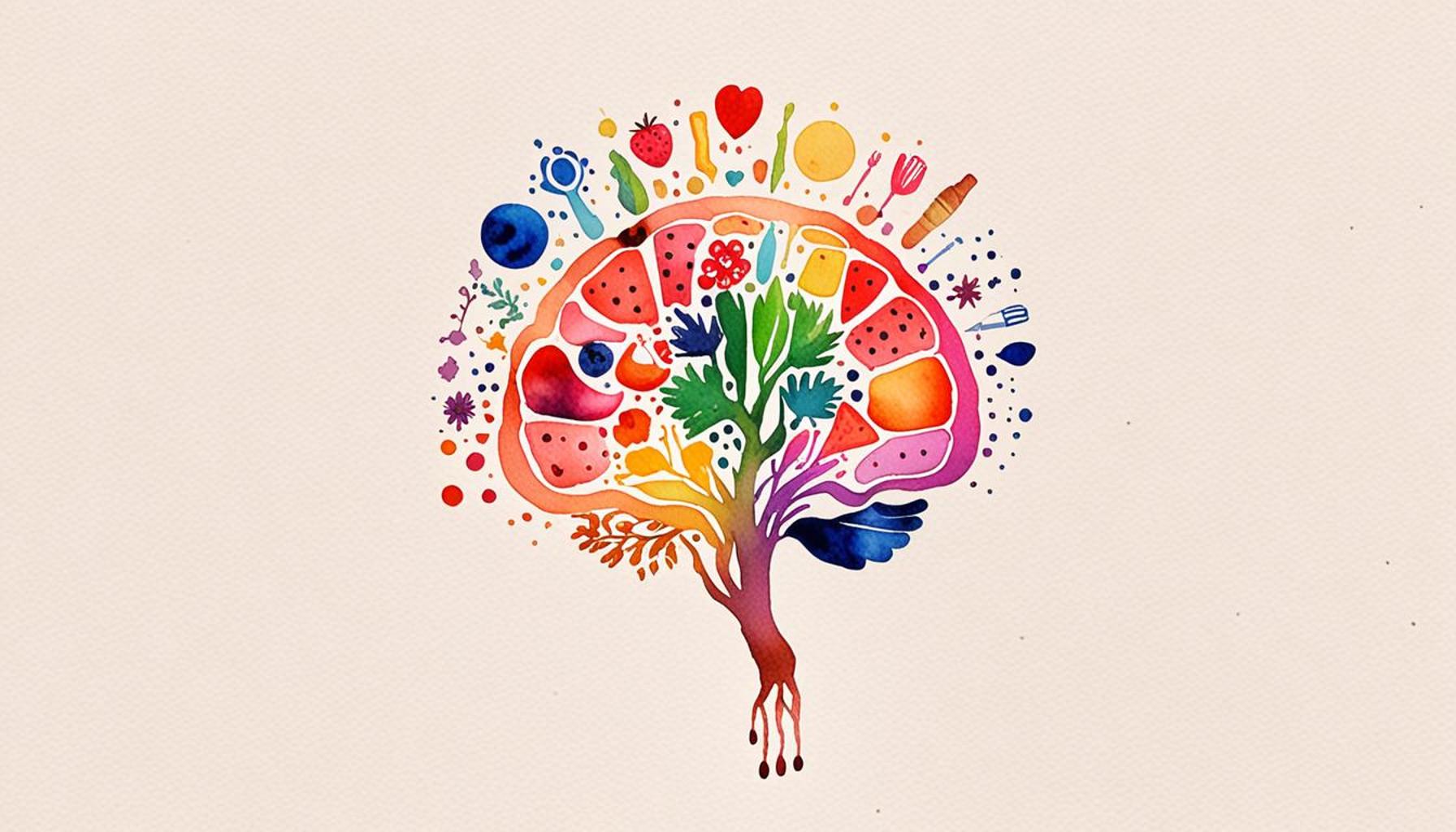The Role of Mindful Consumption in Creating Minimalist Living Spaces

The Shift Towards a Conscious Lifestyle
In our rapidly changing environment, the shift towards mindful consumption resonates with many, as individuals begin to reconsider the implications of their buying habits on both their lives and the wider world. This practice urges consumers to engage in intentional decision-making regarding not just what they purchase, but also how they engage with various resources in their daily existence. When this philosophy is woven into the realm of home living, it becomes instrumental in creating minimalist living spaces that foster tranquility and functionality.
Understanding Mindful Consumption
So, what does mindful consumption really entail? Here are several key components:
- Awareness of Needs: This principle emphasizes the importance of distinguishing between wants and needs, allowing individuals to prioritize essential items over impulsive buys. For example, instead of purchasing the latest gadget simply because it’s trending, a mindful consumer evaluates whether it truly adds value to their life.
- Sustainability: Mindful consumption encourages consumers to seek products that are eco-friendly, made from sustainable materials, and produced through ethical practices. This includes supporting local farmers or opting for brands that embrace fair trade principles.
- Quality Over Quantity: It promotes the purchase of durable goods that often come with guarantees or warranties, thus contributing to a clutter-free environment. A classic example is investing in well-made furniture that lasts for decades instead of inexpensive pieces that need frequent replacement.
Embracing Minimalism
Minimalism transcends mere decluttering; it embodies an intentional lifestyle centered around cultivating serene and functional spaces. The benefits of adopting a minimalist approach can be transformative:
- Improved Mental Clarity: Psychological studies have shown that a tidy environment can lead to enhanced focus and productivity, thereby aiding individuals in achieving their goals.
- Financial Freedom: Reconsidering spending habits not only helps in cutting down expenses but also frees up resources to invest in experiences, such as travel or education, enriching one’s life in ways material possessions cannot.
- Eco-Conscious Living: Engaging in thoughtful consumption leads to a reduction in waste, contributing to a healthier planet. According to the EPA, the U.S. generated about 292.4 million tons of trash in 2018; mindful consumption can help in significantly decreasing this figure.
As more individuals in the United States adopt this philosophy, it is essential to explore how mindful consumption influences our living environments. By diving deeper into this relationship, readers may feel encouraged to re-evaluate their consumption habits. This not only leads to a more fulfilling life but also aligns their lifestyle with broader ecological responsibilities, ultimately fostering a community that values sustainability and intentionality.
DISCOVER MORE: Click here to learn about creating a minimalist digital system

Integrating Mindful Consumption into Daily Life
The journey toward creating minimalist living spaces transcends mere organization; it is an ongoing commitment to mindful consumption that reshapes how one interacts with their surroundings. This lifestyle fosters intentionality and simplicity, which can significantly improve overall well-being and tranquility in the home. By immersing oneself in strategies geared towards mindful practices, individuals can effectively streamline their living environment, alleviating the cognitive burdens often associated with clutter.
Strategic Decluttering: The First Step
A critical first step in establishing a minimalist home is engaging in the strategic process of decluttering. This process is not only about physical space but can also yield emotional and mental clarity. To help guide this journey, consider implementing the following strategies:
- Start Small: Focus on one area at a time, starting with manageable spaces like a single drawer or closet. For instance, tackling a bathroom cabinet filled with unused products can yield quick, satisfying results, gradually building confidence to face larger tasks like an entire room or garage.
- Commit to a ‘One In, One Out’ Policy: Striving to maintain balance is essential. For every new item brought into your home—such as a trendy pair of shoes—commit to donating or selling an old one. This policy not only keeps clutter at bay but also reinforces a mindset of necessity rather than mere desire.
- Evaluate Emotional Attachments: Each possession should carry significance. When determining what to keep, reflect on whether each item brings joy or serves a practical function. For example, consider the joy derived from a beloved childhood book versus the clutter of items that hold little sentimental value.
Shopping with Intention
Intentional shopping is vital for anyone who wishes to adopt a mindful consumption practice. Choices made during the shopping process should reflect one’s values while actively working towards a more serene living environment. To refine these shopping habits, adopt the following tactics:
- List-Making: Before heading out to shop, craft a detailed list that includes only essential items. This simple act minimizes impulse purchases, ultimately reducing unwanted clutter. For example, if you’re planning grocery shopping, list essentials such as fruits, vegetables, and whole grains while leaving out non-essentials like snacks.
- Research Brands: Prioritize brands that align with sustainability and ethical production practices. Dig into company policies about minimal packaging and the use of recycled materials. Shopping from eco-conscious brands can support your values while contributing to a healthier planet.
- Buy Second-Hand: Thrift stores and online marketplaces, like Craigslist or Facebook Marketplace, often host a treasure trove of quality used items. Not only can this save money, but it also reduces waste by giving second life to pre-loved goods, fostering a culture of sustainability.
By merging mindful consumption practices with actionable decluttering strategies and intentional shopping, individuals can cultivate minimalist living spaces that exude tranquility and purpose. This holistic approach serves not only to streamline physical environments but also encourages a mindfulness that reflects deeper awareness of one’s impact on the environment. Embracing these principles can lead to a fuller, more satisfying way of life, inviting peace and clarity into the daily routine. As more people adopt these practices, a collective shift toward a more sustainable and mindful society becomes increasingly attainable.
As we delve deeper into mindful consumption, it is essential to understand how it shapes our surroundings and enhances the minimalist approach to living. Minimalism is a lifestyle that encourages the reduction of clutter and an intentional focus on the essentials, which can significantly enhance one’s well-being. By thoughtfully selecting what we bring into our living spaces, we not only create a more organized environment but also contribute to mental clarity and peace.
One of the key principles of mindful consumption is to prioritize quality over quantity. This mantra urges individuals to invest in fewer, high-quality items that serve a specific purpose, rather than accumulating numerous objects that ultimately go unused. For example, opting for a few well-made pieces of furniture or decor can elevate the aesthetic of a minimalist space, fostering a sense of harmony and balance.
Moreover, mindful consumption encourages individuals to evaluate their purchase motives critically. Are we buying items out of necessity, or are we merely responding to societal pressures and trends? In nurturing a minimalist lifestyle, one learns to detach emotionally from material possessions, thus transforming the way we perceive ownership and value.
Recycling, upcycling, and choosing sustainable options are also integral aspects of mindful consumption. By supporting local artisans and environmentally-friendly brands, we not only contribute to sustainable practices but also encourage economic growth within our communities. This bridging of values becomes an essential aspect of our minimalist living spaces, as we fill them with items that resonate with our ethics and foster a sense of responsible consumption.
By incorporating mindful consumption into our daily lives, we can create minimalist living spaces that nurture our well-being and reflect our true values. The potential for personal growth and environmental consciousness is vast when we choose to approach consumerism with intention and awareness. As we adopt these practices, we will find that minimalist living does not merely imply a lack of possessions, but rather a rich, fulfilling lifestyle brimming with purpose and meaning.
| Advantage | Description |
|---|---|
| Enhanced Mental Clarity | Mindful consumption leads to less clutter, fostering a serene environment. |
| Quality Over Quantity | Investing in fewer, high-quality items ensures longevity and satisfaction. |
The role of mindful consumption in creating minimalist living spaces invites us to reassess our purchasing habits and emotional ties to belongings. It calls for a more thoughtful engagement with our environments, offering an enriching perspective on how we live and interact with the material world.
DISCOVER MORE: Click here to dive deeper
Mindful Consumption Beyond Material Goods
While mindful consumption is often associated with physical possessions, its principles can extend far beyond material goods. Embracing a broader definition of consumption includes evaluating our consumption of time, energy, and digital resources. By refining all these aspects, individuals can create minimalist living spaces that promote well-being and tranquility.
Digital Decluttering: Simplifying the Virtual Space
In today’s technology-driven world, digital clutter can be as overwhelming as physical clutter. Storing excessive data, apps, and emails can create mental fatigue and hinder productivity. To practice mindful consumption in the digital realm, consider the following:
- Organize Digital Files: Regularly sort through your files and delete those that are no longer relevant. Organizing documents into thoughtfully labeled folders will lead to a more streamlined digital workspace, making retrieval simpler and fostering focus.
- Unsubscribe and Limit Notifications: Take stock of your email subscriptions and notifications. Unsubscribe from newsletters that do not add value to your life and limit push notifications on your devices. This will not only clear your inbox but also minimize distractions throughout the day.
- Use Quality Over Quantity: Choose digital tools and apps that enhance your life rather than clutter it. Invest in high-quality apps that align with your values, such as mindfulness meditation, organization, or productivity tools. This conscious selection reduces the need to sift through numerous options and streamlines your digital experience.
Energy Consumption: A Mindful Approach
Mindful consumption also entails conscious energy practices. Reducing energy consumption not only promotes a more minimalist physical environment by relying less on numerous electrical devices but also contributes to a sustainable lifestyle. Here are effective strategies to reduce your energy footprint:
- Switch to Energy-Efficient Appliances: Invest in appliances with high energy-efficiency ratings. Energy Star-certified appliances can reduce energy costs and lower your environmental impact, allowing you to live in a space that prioritizes sustainability.
- Embrace Natural Light: Rearranging furniture to take advantage of natural light can minimize the need for artificial lighting during the day. This not only saves electricity but promotes a brighter and more inviting atmosphere.
- Practice Mindful Heating and Cooling: Set your thermostat to a reasonable temperature and use blankets or fans to complement heating and cooling efforts. Small adjustments can lead to significant savings and a reduced environmental footprint.
Simplifying Commitments: Managing Time and Energy
Mindful consumption intersects with the way we allocate our time and energy. A minimalist lifestyle is not just about the items within the home; it also encompasses how we engage with our daily commitments. To enhance mindfulness in this domain, consider the following:
- Implement Time Blocking: Allocate specific blocks of time for tasks and activities. This creates structure while preventing overwhelm, allowing individuals to focus on what truly matters. For instance, reserve time for reading, relaxation, or hobbies that foster joy.
- Learn to Say No: Recognizing your limits is essential in maintaining a minimalist mindset. Learning to decline activities or commitments that do not serve your well-being empowers you to focus on what is truly important.
- Prioritize Restful Activities: Schedule downtime into your daily routine, ensuring balance amid busy schedules. Engaging in restful activities like reading, meditation, or nature walks helps reinforce mental clarity and reduces the clutter of a busy mind.
By expanding the principles of mindful consumption beyond material possessions, individuals can cultivate a holistic approach to minimalist living. This comprehensive view fosters an environment that encourages tranquility and purpose, allowing inhabitants to thrive in their peaceful spaces. When mindful choices extend into every aspect of life, the cumulative effect can be profound, inviting a lifestyle of simplicity and intentionality into homes across the United States.
DISCOVER MORE: Click here to dive deeper
Conclusion: Embracing Mindful Consumption for a Minimalist Lifestyle
The journey towards a minimalist living space is intricately intertwined with the practice of mindful consumption. By consciously evaluating the items we bring into our lives and the resources we utilize, we pave the way for environments that are not only less cluttered but also more harmonious and fulfilling. Embracing minimalism extends beyond physical possessions; it invites a thorough reassessment of our digital habits, energy consumption, and time commitments.
As explored, digital decluttering can be a game changer in reducing mental fatigue, enhancing productivity, and creating a sense of calm. By simplifying our virtual spaces, we free ourselves to focus on what truly matters. Similarly, adopting mindful energy practices enables us to live sustainably, contributing positively to both our homes and the environment.
Furthermore, the management of our time and commitments plays a crucial role in achieving a minimalist mindset. By learning to say no and prioritizing restorative activities, we cultivate a lifestyle that aligns with our core values and aspirations. This holistic approach to mindful consumption fosters not just a neater living space but also a more fulfilling existence.
As we reflect on these principles, it becomes evident that creating minimalist living spaces is about much more than aesthetics; it’s a lifestyle choice aimed at enhancing our overall well-being. By adopting mindful consumption practices in all aspects of our lives, we can enjoy the profound benefits of simplicity, intentionality, and peace in our daily surroundings.


